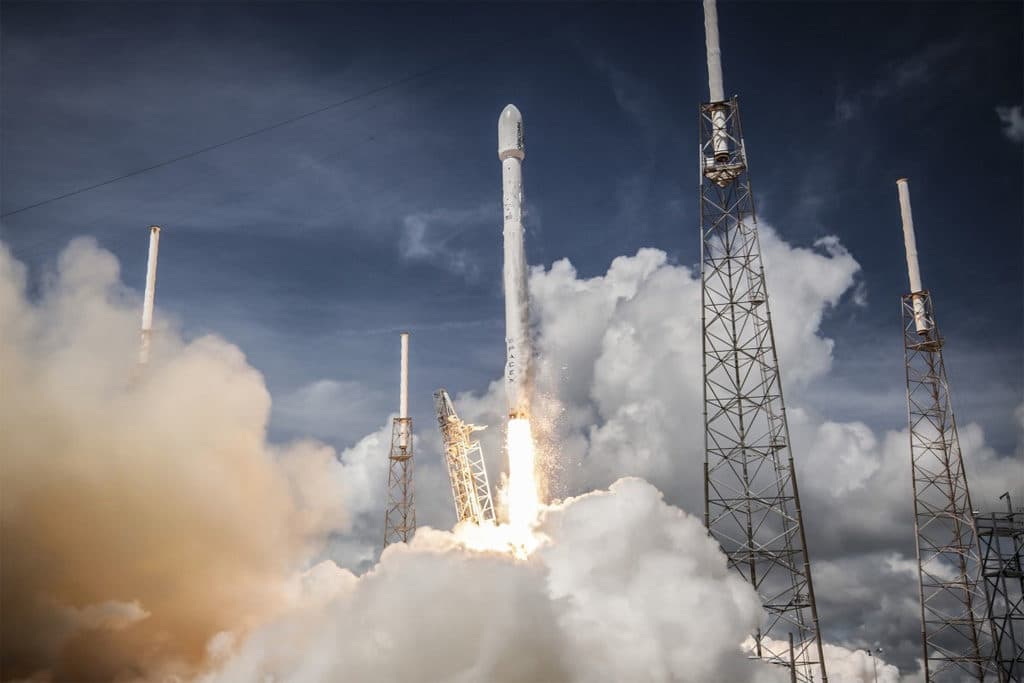Source: Intelligent Aerospace article
MIL-SPEC, military specifications, started some 50 years ago, for well-justified reasons. At that time, the use of integrated circuits (ICs) was in the infancy stage, the personal computer had not yet been built, the Internet had not yet been born. The system proved itself successful, although the relations between the government and industry have not always been harmonized. After decades of “faithfully” following MIL-SPEC system rules, a series of EEE component manufacturers have left the above regime due to global developments. Business decisions led them to a more profitable market: the commercial one.
The relevant EEE component manufacturers proved that business decisions are stronger than politics. The military has always emphasized quality over price. It was not until the massive budget cutbacks and the shrinking military EEE components availability that the U.S. Department of Defense (DOD) was forced to change its policy. The 1994 MIL-SPEC reform turned down numerous barriers between industry and government. The policy makers realized that striving to overcome the global developments is a lost case. The DOD has realized its goal of increased access to commercial technology.
The general reform idea was: Don’t tell a person how you want them to do something, but rather tell them what you want.
The space industry has been exempted from the above reform. However, the same factors, leading to the above reform, apply also to the space industry and the relevant policy makers. Unfortunately, grosso modo, 50 years after creation, more than 20 years after the 1994 reform, the traditional MIL-SPEC testing/screening concept still dominates the official space EEE components policy.
Space/military EEE components are preferred over the commercial off-the-shelf (COTS) alternative. Nobody argues about the space/military EEE components suitability for space applications, providing their availability is secured. Today, the most certain thing about the military/space EEE components availability is its uncertainty. It has been proved in the past that the power of EEE components manufacturers is the one shaping the future of the relevant market.
“Study the past if you would define the future.” ― Confucius
It is a mystery what could be the basis for the space policy makers (governmental NASA, intergovernmental ESA) to predict the space/military EEE components future availability?!
“The only way to predict the future is to have power to shape the future.” ― Eric Hoffer
The present space EEE components policy is based on first priority selection of space/military grade and last resort selection of COTS with post procurement testing/screening requirements. The policy makers overestimate their capability to secure or forecast the future availability of the space/military-grade EEE components and underestimate the potential of using EEE COTS components in space applications.
At this point we urgently need realist navigators, who can look at things as they are and deal with it in a practical manner. This article attempts to outline the uncertain situation the users are dealing with it, looking for guidance.
Global EEE components market
As stated above, nobody argues about the space/military EEE components suitability for space applications, providing their availability is secured.
Saying that, also it has to be restated that most certain thing about the military/space EEE components availability is its uncertainty. Just looking at the global EEE component market structure (less than 0.3 percent military in dollars), the critical availability security issue is easily identified. It is easy to identify the problem, but it has to be also addressed as soon as possible in order to find a way to secure the future.
The above is a good example of forecasting versus predicting. The goal of forecasting is not to predict the future but to tell you what you need to know to take meaningful action in the present.
Commercial EEE components market growth strengthens the interest of manufacturer in the commercial market share and consequently weakens the interest in the space/military share.
Stronger‑than‑forecast global demand for components has followed an extended period of low capital investment by the companies that make them. There are ongoing capacity concerns. The growing demand is causing a build‑up of extended lead times, with a small number of products now understood to be subject to lead times of as much as a year, meaning they are effectively on allocation.
Positive growth of the commercial market is expected to continue, following, interalia, the infancy stage of Internet of Things (IoT).
Read part II here
Author biography
The author, Dan Friedlander, graduated Engineering School/Tel Aviv University with a degree in physics (1965-1969). He has 44 years of experience in Component Engineering at MBT/Israeli Aerospace Industries (1969 to 2013), as Head of Components Engineering. As such, he was responsible for all aspects of EEE components – including policymaking, standardization at corporate level, approval, etc. – for military and space applications. Now retired, Friedlander is an industry consultancy (2013 to present).
